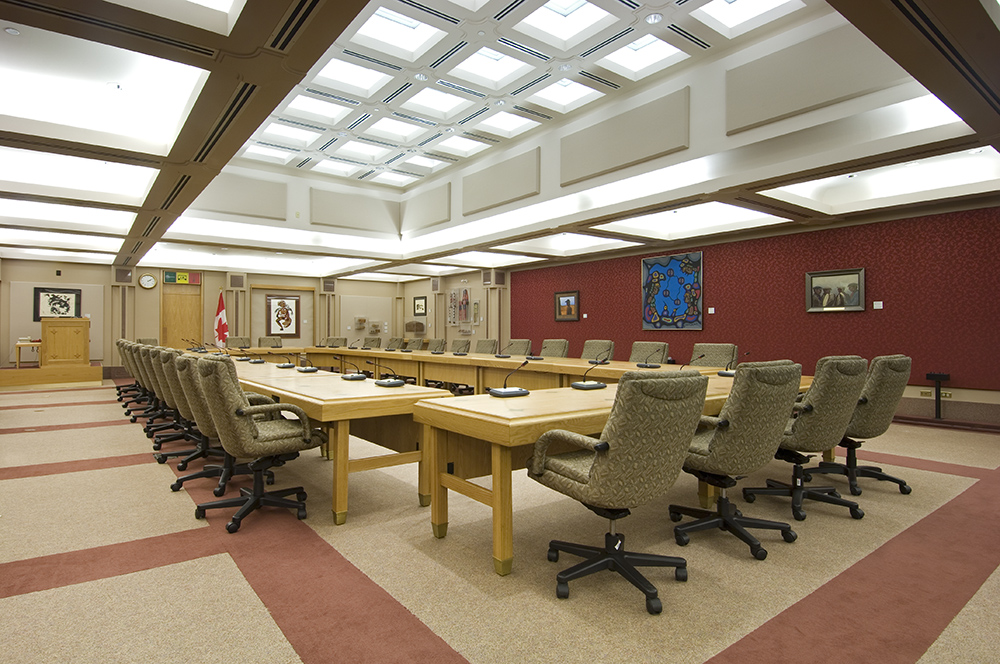How Senate bills become law

Most Canadians know about the Senate’s role as the house of sober second thought — a nickname given to it by Canada’s first prime minister, Sir John A. Macdonald, in the 1860s to sum up his vision for Parliament’s upper house.
But senators do more than scrutinize legislation passed by the House of Commons. They also initiate legislation, with almost the same power to propose new legislation as their House of Commons counterparts. In addition, government bills are sometimes introduced first in the Senate. However, for constitutional reasons, bills that appropriate public revenue or impose taxes cannot be introduced first in the Senate.
When a bill is introduced in the Senate, it is assigned the letter “S” (for Senate) and a number. (House of Commons bills get a “C” and a number.) For example, Bill S-3, which proposed changes to the Indian Act, was introduced in the Senate; Bill C-45, the government’s proposal to legalize recreational cannabis, originated in the House of Commons.
There are five steps a bill takes on its way through the Senate — first reading, second reading, committee stage, report stage and third reading. It’s not an easy process. It can take months — sometimes years — for a bill to work its way through Parliament.
First reading
First reading is the stage at which a bill is introduced and, if the bill starts in the Senate senators see it for the first time. This is when senators learn what issues the bill is addressing, but they do not debate the bill’s merits yet.
Second reading
At this stage, senators debate the objective of the bill. They do not make any amendments or changes to the text of the bill yet. If it is passed at second reading, the bill will almost always be referred to one of the Senate’s committee to be studied.
Committee stage
This is where a small group of senators meet in committee rooms on or around Parliament Hill. They call on experts and people who might be affected by the bill to give evidence to the committee and offer their analysis and insights. Committee members go through the bill’s text line by line. They may make amendments to the bill. The committee adopts a report on the bill and sends it back to the Senate.
Report stage
If the committee proposes amendments, or suggests that the bill should not be further studied, there is a report stage where all senators consider the committee’s recommendations. If the committee suggests that the bill should go ahead as-is, there is no report stage.
Third reading
Senators can also propose amendments at third reading. Third reading is the last opportunity for senators to debate and vote on a bill. If it is adopted at this stage, a Senate bill goes to the House of Commons, where it goes through similar stages.
If the two houses disagree on the text of the bill, they exchange messages until they reach an agreement. Once a bill has been passed in identical form by the Senate and the House of Commons, it receives Royal Assent from the Governor General and becomes law.
Click for more information about how a bill becomes law.




